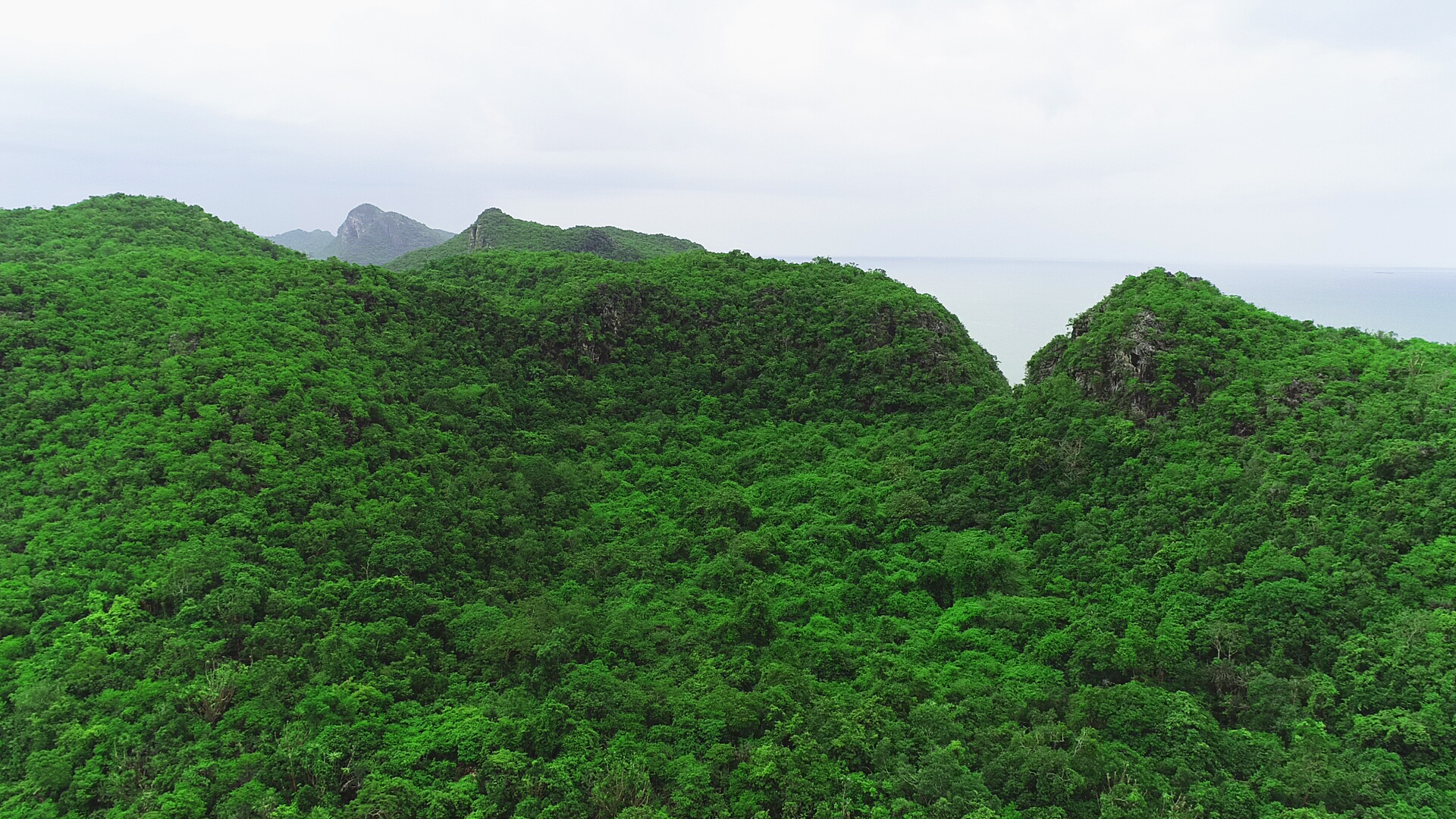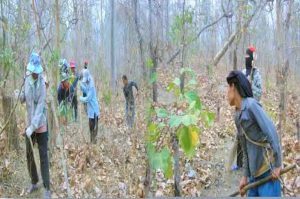
The REDD+ framework provides a way to reduce greenhouse gas emissions from deforestation. forest degradation including the role of forest conservation Sustainable Forest Management and increasing carbon stocks in forests in developing countries.
(Reducing Emission from deforestation and forest Degradation and the role of conservation, sustainable management of forest and enhancement of forest carbon stocks in developing countries) is a framework under the United Nations Framework Convention on Climate Change. To maintain and sustainably manage forests of developing countries as the world's carbon absorber and store. Because scientific data shows that deforestation and forest degradation causing greenhouse gas emissions which is a major cause of global climate change The forest sector has greenhouse gas emissions accounting for 17 - 20 percent of emissions in all sectors. Therefore, if forest areas can be preserved, it will help prevent and reduce the impact of climate change.
for that country The government has ratified the United Nations Climate Change Convention and the Paris Agreement. Which will need to be done in terms of reducing the country's greenhouse gas emissions to reduce global temperatures. And the forest sector is an important sector that absorbs and stores carbon in the country and the world. As well as the country's climate change master plan 2016-2050 has set goals for preserving existing forests. and increase the country's forest area to 40 percent of the country's area This policy has been specified in the 11th and 12th National Economic and Social Development Plans as well. It also supports the implementation of the United Nations Climate Change Convention and the Paris Agreement. as well as maintaining the forest resource base as an asset for national development and climate change adaptation. Department of National Parks Therefore, a project to reduce greenhouse gas emissions in the forest sector has been created by creating incentives and a participatory process. To enhance knowledge and understanding on the role of forests in climate change for all relevant sectors. and promoting participation of communities living in the area and utilizing the forests of the National Park Service. Participate in actions to reduce greenhouse gas emissions in the forest sector by reducing deforestation and forest degradation. and helps to increase carbon sequestration in forest areas through forest conservation. Sustainable Forest Management and increase local carbon stocks by replanting trees in degraded forests. reforestation in the area destroyed or empty space and plant more trees in different areas The project has received continuous funding from fiscal year 2014 and due to the actions related to people and land use of the forest. It will take time to create awareness and mutual understanding in action. Therefore, it is necessary to request support for the annual budget. So that the action in this regard is continuous and can be extended to all conserved forest areas in Thailand.

Quantitative :
Qualitative :


Conserved forest areas under the responsibility of the Department of National Parks, Wildlife and Plant Conservation, and forest areas adjacent to conserved forest boundaries.
It consists of 3 main activities:
